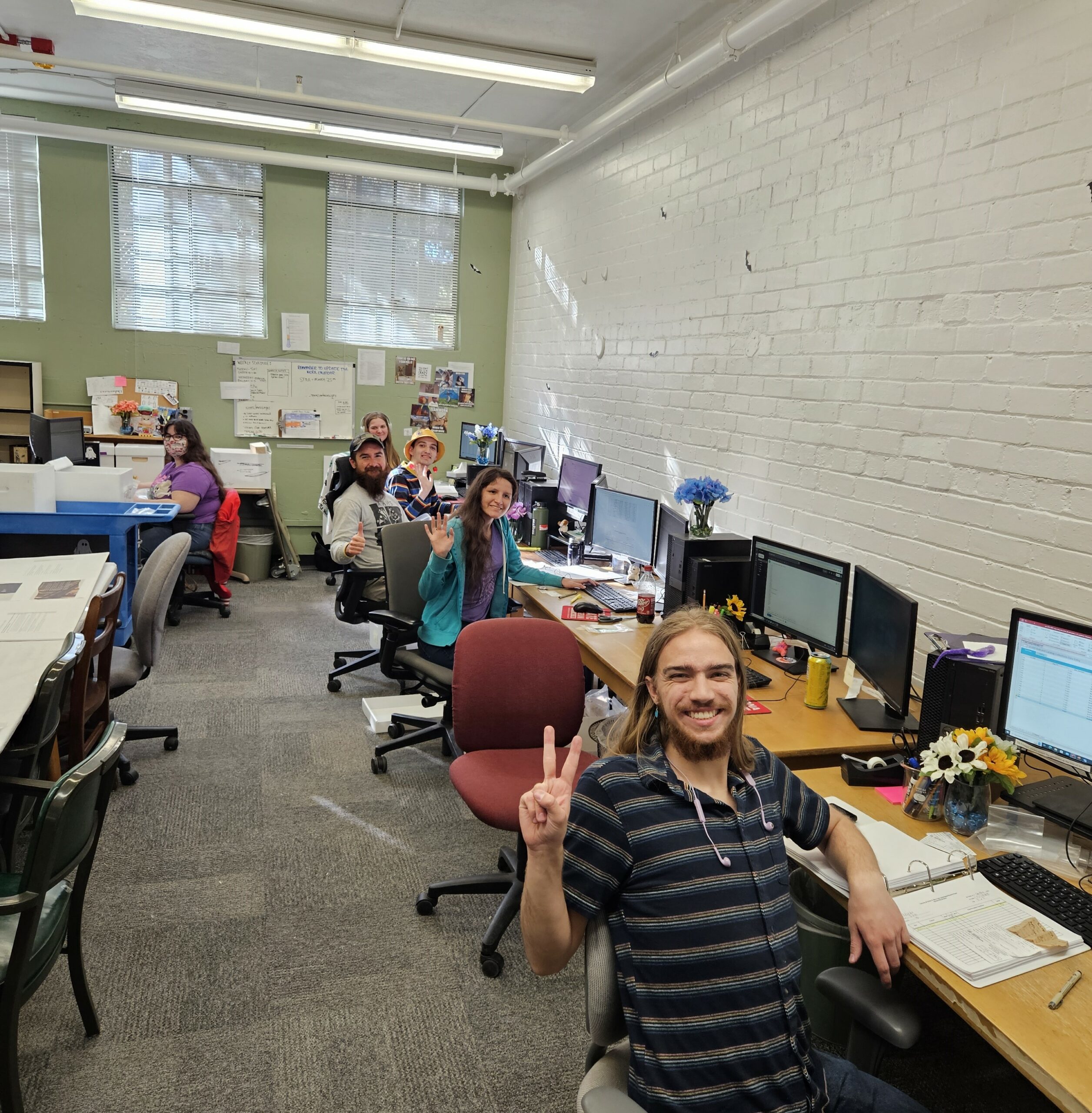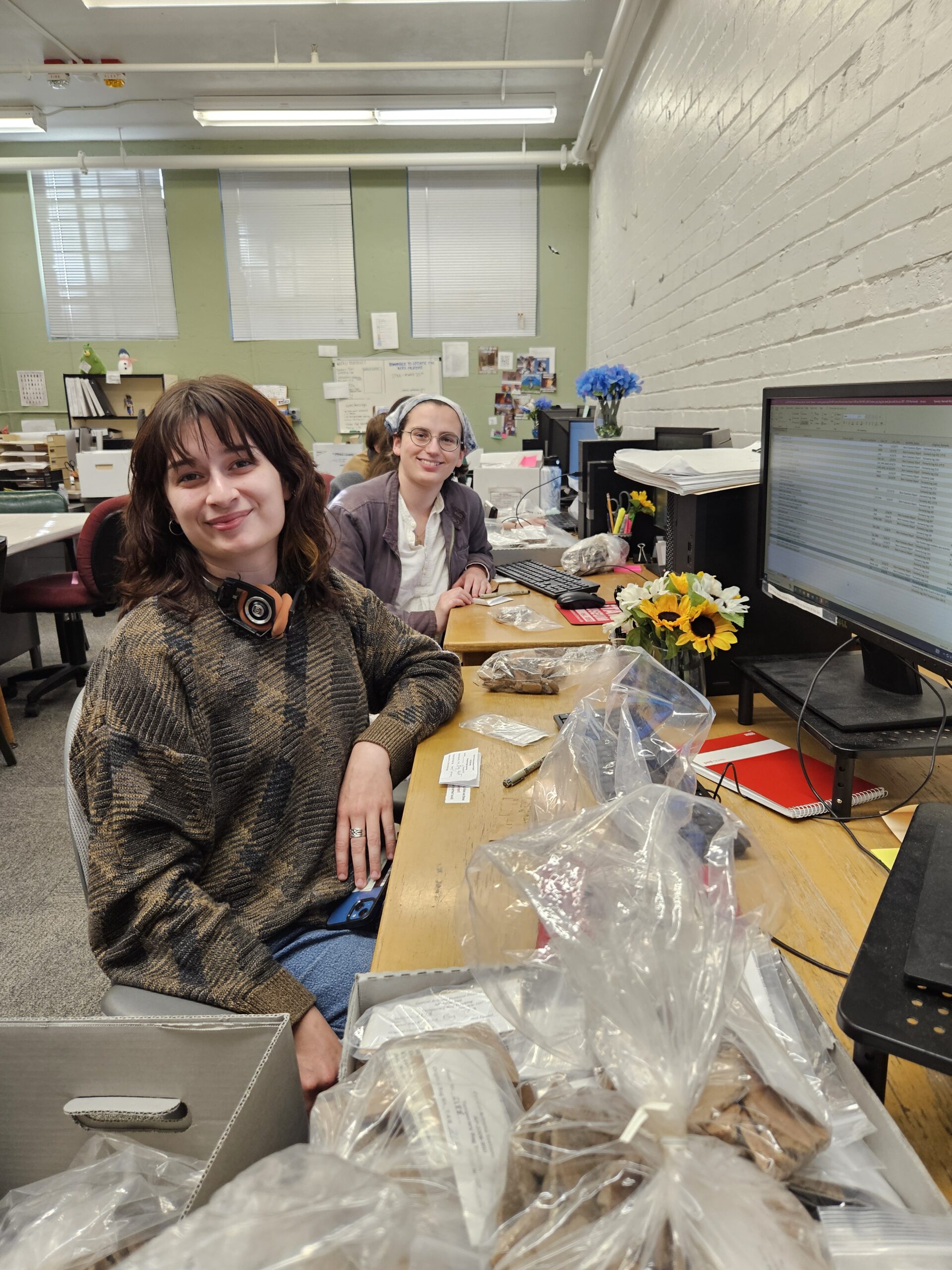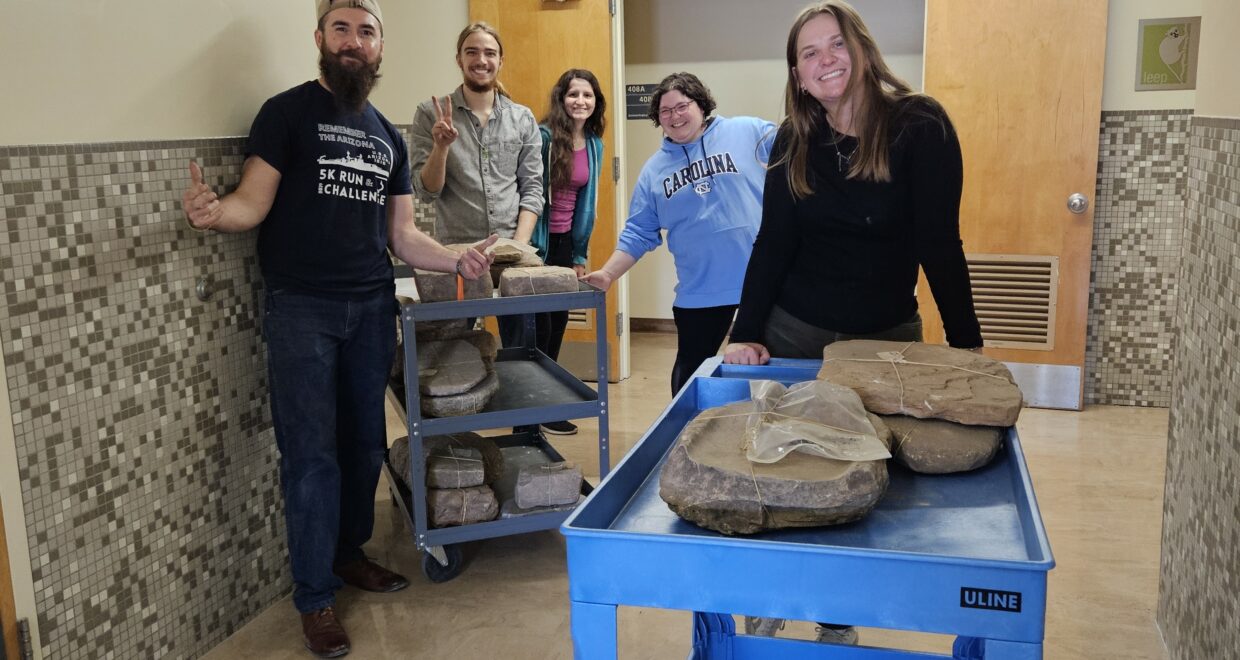Archaeological Repositories are Places to Train Future Archaeologists
As holders and curators of artifacts and their associated documentation and data, archaeological repositories are a place to learn about past and current excavation strategies, and an excellent training ground for future archaeologists. Speaking from personal experience, places like the Arizona State Museum (ASM) Archaeological Repository can be a student’s first exposure to rigorous archaeological practices, the place where they hold an artifact excavated from an archaeological context for the first time and learn more nuance about what it means to be an archaeologist and museum professional.
Repositories are at a nexus of various responsibilities. Generally, they are large facilities where artifacts and associated documentation from archaeological excavations are curated in perpetuity once the field work is done; repository personnel work to make these collections accessible to a variety of stakeholders. Repositories have a legal role as well. In states like Arizona, for example, public repositories operating under the Arizona Antiquities Act (A.R.S. § 41-841 et seq.) have a legal responsibility to curate artifacts and associated documentation from state land, review incoming submissions for compliance with legal mandates, curate the collections in their care in perpetuity, and make them reasonably available for public use. Any repository, regardless of its initiating mandate, will hold collections from a variety of landownership streams (i.e., state or federal land, in some states private land). As such, repositories are responsible for managing collections from many origins, reporting collections information to a variety of agencies, and working in compliance with Native American Graves Protection and Repatriation Act (NAGPRA). They will also likely be required to curate objects to state and federal (36 CFR Part 79) standards, a process that necessitates continuous monitoring and upkeep.
This brief snapshot illustrates the variety of activities that occur in these facilities, which directly correlates to the variety of skills needed to work in such a place and types of available training opportunities. It also highlights a crucial need in the training of future archaeologists, a need that is as important as exposure and participation in archaeological excavation and survey. Repository work requires training, including knowledge of databases, excavation and object documentation strategies through time, object and research terminology through time, and collaboration with many stakeholders. There are a growing number of field schools and training programs that are incorporating curation and collections management into their curriculum. Notable examples include the Illinois State Archaeological Survey Champaign Curation program and Archaeology Southwest’s Preservation Archaeology Museum Curation and Survey Field School. The Pima Community College Field Archaeology Certificate Program curates their own field school collections, so in the process of learning to collect artifacts and how to conduct research, they are also preparing the collections for in perpetuity curation in their facility. In this program, students have the opportunity to learn the complementary relationship between organizing collections for purely for research needs and ensuring artifacts and documentation are accessible in a centralized system and available for future researchers and stakeholders.
The ASM Archaeological Repository is well known for hosting students at all stages of their careers, and I am counted among the many that have benefitted from this opportunity. I would like to highlight a recent collaboration between the University of Arizona School of Anthropology (SOA), Bureau of Applied Research in Anthropology (BARA), and ASM to prepare field school collections generated from past SOA-sponsored field schools. The core ideal of this program is that all parties take responsibility for their role in the creation of these collections and all partners have been facilitating a training program that offers professionalization opportunities for students at the undergraduate, post-baccalaureate, and graduate level. This program is hitting on two facets of the larger issue: the need to prepare large backlogs of field school collections for in perpetuity curation and to train future archaeologists how a collection needs to be prepared for current museum best practices. The students benefit from this collaborative approach and are exposed to the intersections between archaeological and other anthropological methodologies of data collection and preservation. First-hand accounts by the students who participate in this, and other collections management internship opportunities at ASM Archaeological Repository, can be viewed in the “Stories from the Repository.”
Archaeology as a field is making strides to consider the full cycle of collections from excavation to in perpetuity curation and repatriation. Archaeological training programs that actively incorporate experience in repositories will offer more holistic coverage of archaeological practice. There are many resources that can assist programs that are training future archaeologists and museum professionals, and extensive discussion regarding the topics that should be covered and considered when developing holistically conceived archaeological training programs; below are a few highlights:
- Special issues of Advances in Archaeological Practice,
- Articles published in Advances in Archaeological Practice identified by the Archaeological Collections Consortium as key contributors to crucial issues related to curation topics, and
- Driftless Pathways’ Teaching Archaeological Curation website.
Students emerging from training programs that include classroom-based teaching of curation-related topics and experiential learning in curation facilities will also have a greater appreciation and awareness of the need for good collections management in the field and lab, the resources that can be found in Archaeological Repositories, and the ethical responsibilities that all archaeologists share.
Kathryn (Katie) MacFarland is the Manager of the Arizona State Museum Archaeological Repository. Major foci of her recent work at ASM are long-term curation concerns of legacy collections, repatriation issues, and directing internship opportunities focusing on collections management and collections-based research. She would like to thank Jenna Domeischel and Terry Childs, guest editors of Advances in Archaeological Practice Volume 12, Issue 1, for the opportunity to write this piece in support of the special issue.


Read the associated research: A Collections-Based View of the Future of Archaeology, by Jenna Domeischel and S. Terry Childs
Image credit: SOA and BARA students transferring oversized ground stone from SOA to ASM. Pictured: Dillon Britten, Garrett Hoskinson, Jordan Ruskowitz, Rebecca Harkness, Emily Hale





